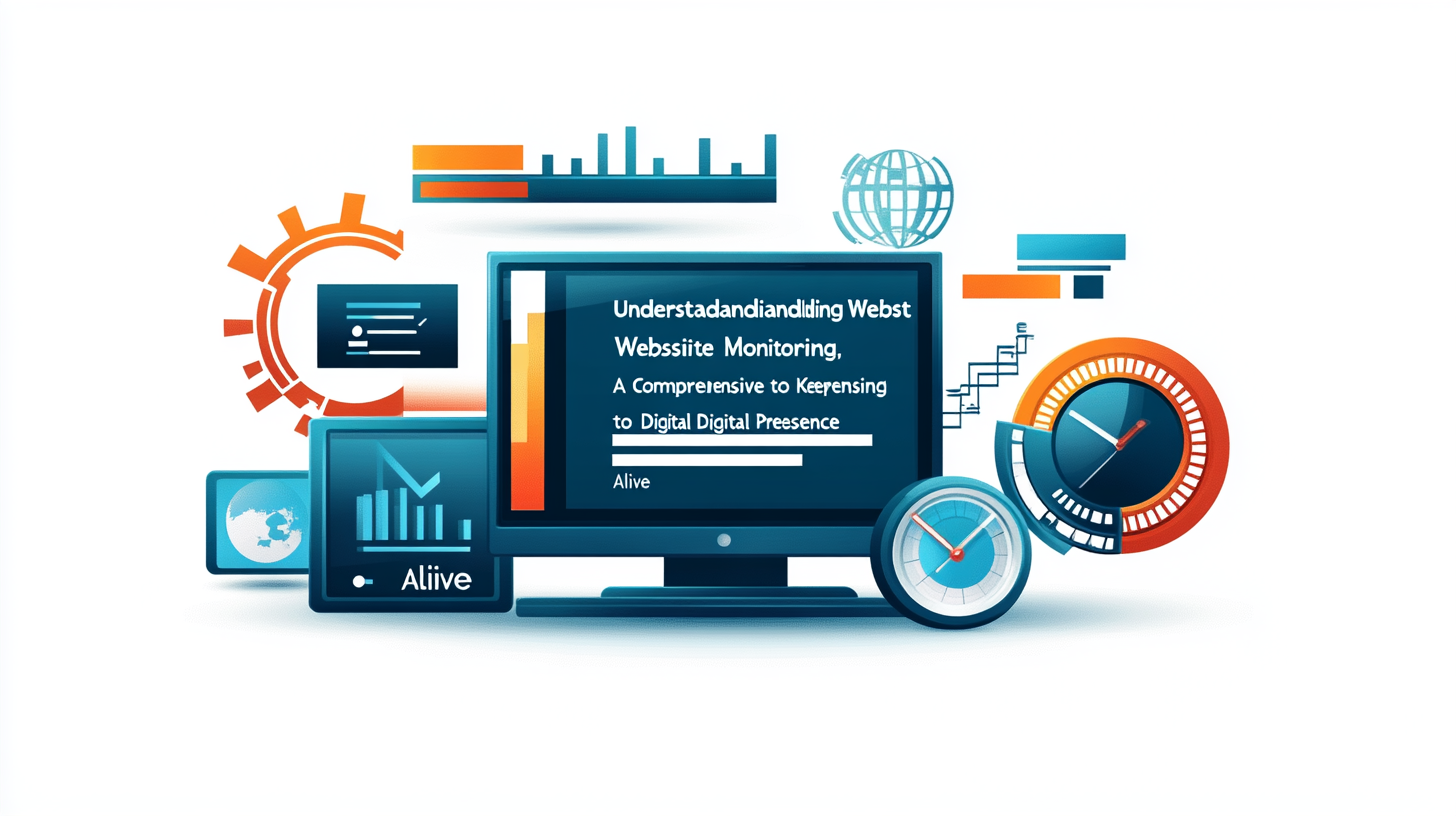Understanding Website Uptime Monitoring, A Comprehensive Guide to Keeping Your Digital Presence Alive


Rez Moss
@rezmos1In today's digital-first world, your website isn't just a digital brochure—it's the heartbeat of your online presence. Whether you're running an e-commerce platform, a corporate website, or a personal blog, website uptime is crucial to your success. This comprehensive guide explores website uptime monitoring, its importance, and how it can protect your business from costly downtime.
What is Website Uptime Monitoring?
Website uptime monitoring is the process of continuously checking your website's availability and performance. Like a vigilant guardian, it works around the clock to ensure your site is accessible to visitors, functioning correctly, and delivering the expected user experience. This monitoring process regularly sends requests to your website from various locations worldwide, checking if the server responds appropriately and if key functionalities are working as intended.
The Real Cost of Downtime
The impact of website downtime extends far beyond temporary inconvenience. Consider these consequences:
Financial Losses
For e-commerce businesses, every minute of downtime translates directly into lost sales opportunities. Large online retailers can lose thousands of dollars per minute when their websites are inaccessible. Even for non-retail businesses, downtime means lost leads, missed opportunities, and potential damage to business relationships.
Reputation Damage
In our connected world, news of website outages spreads quickly. Customers expect 24/7 availability, and repeated downtime can erode trust in your brand. Once lost, this trust can be challenging to rebuild, potentially leading to long-term customer attrition.
SEO Impact
Search engines consider website reliability when ranking pages. Frequent or prolonged downtime can negatively impact your search engine rankings, making it harder for potential customers to find you even when your site is functioning normally.
Employee Productivity
For businesses relying on web-based tools and applications, downtime can bring operations to a standstill. This affects not only customer-facing activities but also internal processes, leading to decreased productivity and frustrated employees.
Key Aspects of Website Uptime Monitoring
Response Time Monitoring
Beyond basic availability, monitoring systems track how quickly your website responds to requests. Slow response times can be as damaging as complete outages, as users often abandon sites that take too long to load. Understanding response time patterns helps identify potential performance issues before they become critical problems.
Global Perspective
With users accessing your website from different geographical locations, monitoring from multiple points worldwide provides a more accurate picture of your site's availability. This global perspective helps identify regional issues and ensure consistent performance across all markets.
Error Detection
Sophisticated monitoring goes beyond checking if a page loads. It verifies that crucial elements like forms, shopping carts, and payment systems are functioning correctly. This comprehensive approach helps prevent partial outages that might otherwise go unnoticed.
Historical Data Analysis
Collecting and analyzing uptime data over time reveals patterns and trends. This information is invaluable for capacity planning, identifying recurring issues, and making informed decisions about infrastructure investments.
Best Practices for Implementation
Setting Appropriate Check Intervals
The frequency of uptime checks should balance the need for quick problem detection with server resource usage. While checking every few seconds might seem ideal, it can create unnecessary load. Most businesses find that checking every 1-5 minutes provides sufficient oversight without overwhelming their systems.
Defining Meaningful Alerts
Alert fatigue is real. Configure monitoring systems to notify the right people at the right time. Different issues may require different response teams, and not every alert needs immediate attention. Create a tiered alert system that matches your organization's structure and priorities.
Implementing Redundancy
Don't rely on a single monitoring solution. Using multiple methods to verify your website's status helps prevent false alarms and ensures you don't miss real problems. This might include monitoring from different locations and using various checking methods.
Establishing Response Protocols
When downtime occurs, having clear procedures in place helps minimize its impact. Define who is responsible for different types of issues, how they should be notified, and what steps they should take. Regular testing of these protocols ensures they work when needed.
Preventive Measures
Regular Maintenance
Scheduled maintenance windows, performed during low-traffic periods, help prevent unexpected outages. Use this time to update software, apply security patches, and perform necessary system upgrades.
Load Testing
Regular load testing helps identify your website's breaking points before they're reached in real-world situations. This information guides capacity planning and helps prevent outages during high-traffic periods.
Infrastructure Review
Periodically review your hosting infrastructure, including server configurations, network setup, and security measures. This proactive approach helps identify potential vulnerabilities before they cause problems.
The Future of Uptime Monitoring
As websites become more complex and user expectations continue to rise, uptime monitoring is evolving. Machine learning algorithms are increasingly being used to predict potential issues before they occur, allowing for preventive action. Integration with DevOps practices enables faster response times and more efficient problem resolution.
Website uptime monitoring isn't just a technical necessity—it's a business imperative. In an era where digital presence is crucial for business success, maintaining website availability is non-negotiable. The cost of implementing robust monitoring is insignificant compared to the potential losses from undetected downtime.
By understanding and implementing comprehensive uptime monitoring, organizations can protect their digital assets, maintain customer trust, and ensure business continuity. As technology continues to evolve, the importance of website reliability will only increase, making uptime monitoring an essential component of any successful online presence.
Remember, the goal isn't just to detect problems—it's to prevent them from occurring in the first place. Through proper monitoring, analysis, and preventive measures, organizations can maintain the high availability their users expect and their business demands.